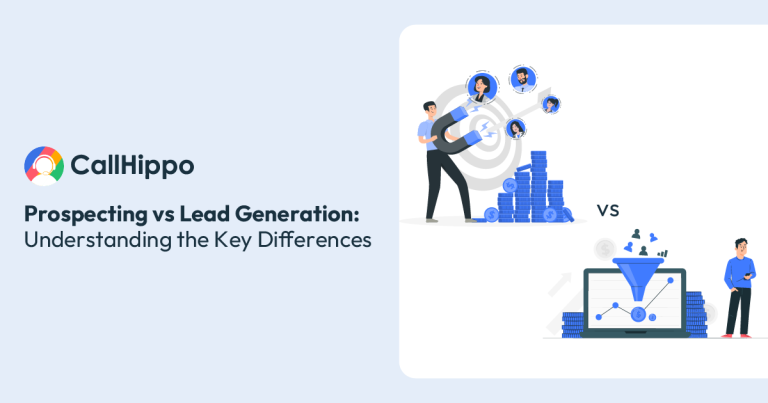In principle, FinOps – the art and craft of understanding and reducing costs of cloud (and other) services – should be an easy win. Many organizations are aware they are spending too much on cloud-based workloads, they just don’t know how much. So surely it’s a question of just finding out and sorting it, right? I’m not so sure. At the FinOpsX event held in Barcelona last week, a repeated piece of feedback from end-user organizations was how hard it was to get FinOps initiatives going.
While efforts may be paying off at an infrastructure cost management level, engaging higher up in the organization (or across lines of business) can be a wearying and fruitless task. So, what steps can you take to connect with the people who matter, whose budgets stand to benefit from spending less, or who can reallocate spending to more useful activities?
Here’s my six-point plan, based on a principle I’ve followed through the years – that innovation means change, which needs change management. Feedback welcome, as well as any examples of success you have seen.
- Map Key Stakeholders
Before you do anything else, consider conducting a stakeholder analysis to identify who will benefit from FinOps efforts. Senior finance stakeholders may care about overall efficiency, but it’s crucial to identify specific people and roles that are directly impacted by cloud spend overruns. For example, some in the organization (such as research areas or testing teams) may be resource-constrained and could always use more capacity, whereas others could benefit from budget reallocation onto other tasks. Line of business leaders often need new services, but may struggle with budget approvals.
The most impacted individuals can become your strongest advocates in supporting FinOps initiatives, particularly if you help them achieve their goals. So, identify who interacts with cloud spending and IT budgets and who stands to gain from budget reallocation. Once mapped, you’ll have a clear understanding of who to approach with FinOps proposals.
- Address Complacency with Data
If you encounter resistance, look for ways to illustrate inefficiencies using hard data. Identifying obvious “money pits”—projects or services that consume funds unnecessarily—can reveal wasteful spending, often due to underutilized resources, lack of oversight, or historical best intentions. These may become apparent without needing to seek approval to look for them first, but can be very welcome revelations when they come.
For example, instances where machines or services are left running without purpose, burning through budget for no reason, can be reported to the budget holders. Pointing out such costs can emphasize the urgency and need for FinOps practices, providing a solid case for adopting proactive cost-control measures.
- Focus Beyond Efficiency to Effectiveness, and More
It’s important to shift FinOps goals from mere cost-saving measures to an effectiveness-driven approach. Efficiency typically emphasizes cutting costs, while effectiveness focuses on improving business-as-usual activity. If you can present a case for how the business stands to gain from FinOps activity (rather than just reducing waste), you can create a compelling case.
There’s also value in showcasing the potential for “greenfield” opportunities, where FinOps practices unlock the potential for growth. Imagine investing in a funding reserve to fund innovation, experiments, or new applications and services – this idea can be applied as part of an overall portfolio management approach to technology spend/reward. With FinOps, you can manage resources effectively while building avenues for longer-term success and organizational resilience.
- Jump Left, Don’t Just Shift Left
Shifting left and focusing on the design and architecture phases of a project is a worthy goal, but perhaps you shouldn’t wait to be invited. Look for opportunities to participate in early discussions about new applications or workloads, not (initially) to have a direct influence, but to listen and learn about what is coming down the pipe, and to start planning for what FinOps activity needs to cover.
By identifying cost-control opportunities in advance, you might be able to propose, and implement preemptive measures to prevent expenses from spiraling. Even if you can’t make a direct contribution, you can start to get visibility onto the project roadmap, allowing you to anticipate what’s coming and stay ahead. Plus, you can build relationships and grow your knowledge of stakeholder needs.
- Make the Internal Case for FinOps
Being clear about the value of FinOps is crucial for securing buy-in. Use hard data, like external case studies or specific savings percentages, to illustrate the impact FinOps can have—and present this compellingly. Highlight successful outcomes from similar organizations, together with hard numbers to show that FinOps practices can drive significant cost savings. As with all good marketing, this is a case of “show, don’t tell.”
Develop targeted marketing materials that resonate with the key stakeholders you have mapped, from the executive board down—demonstrating how FinOps benefits not only the organization but also their individual goals. This can create a compelling case for them to become advocates and actively support FinOps efforts.
- Become the FinOps Champion
For FinOps to succeed, it needs a dedicated champion. If no one else is stepping up, perhaps it is you! You may not need to take the world on your shoulders, but still consider how you can become a driving force behind FinOps in your organization.
Start by creating a vision for FinOps adoption. Consider your organization’s level of FinOps maturity, and propose a game plan with achievable steps that can help the business grow and evolve. Then, share with your direct leadership to create measurable goals for yourself and the whole organization.
Use the principles here, and speak to others in the FinOps Foundation community to understand how to make a difference. At the very least, you will have created a concrete platform for the future, which will have been a great learning experience. And at the other end of the scale, you may already be in a position to drive significant and tangible value for your business.



